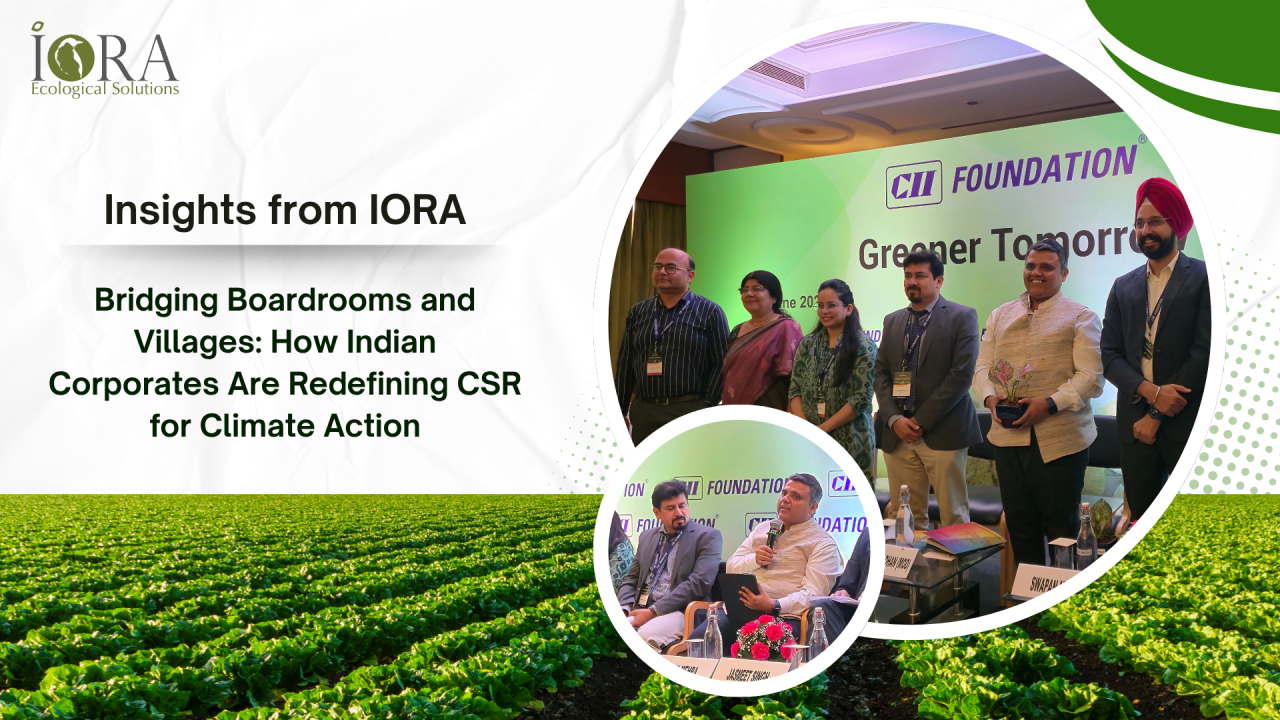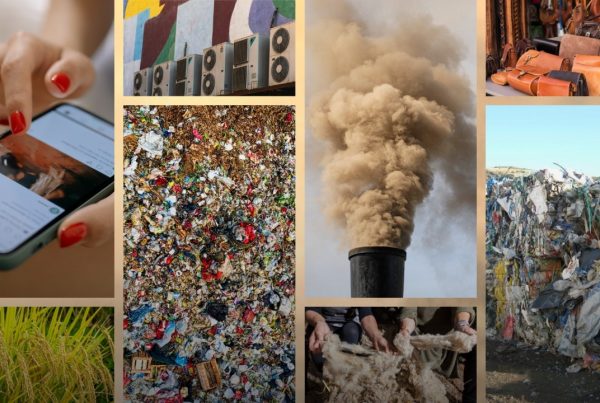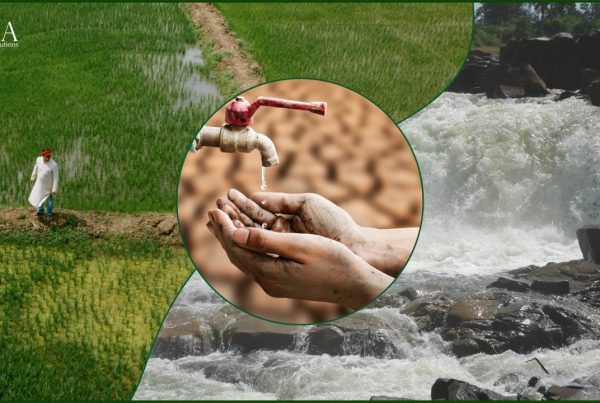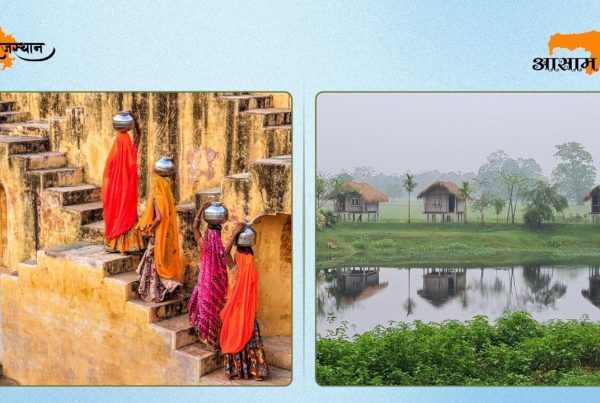The atmosphere at the CII Foundation workshop was electric with possibility. As we listened to experts from Cadence , Indian Oil Corporation Limited (Iocl) , Royal Enfield , NatWest Group, Oil and Natural Gas Corporation Limited (ONGC), IORA Group and many more discussing their CSR initiatives (in their roles as implementation partners and catalytic donors), one thing became abundantly clear: Indian boardrooms are no longer treating environmental challenges as distant abstractions. They’re recognizing these as immediate business realities that demand urgent, comprehensive action.
What struck me most was how these corporate leaders spoke about farmers — not as beneficiaries of charity, but as partners in a shared struggle against climate uncertainty. This shift in perspective represents a fundamental evolution in CSR thinking, moving from traditional philanthropy to genuine collaboration with India’s agricultural backbone.


The Power of Collaborative Wisdom
What made today’s workshop particularly meaningful was the deliberate inclusion of specialized organizations. Swapan Mehra was there in his dual role as the CEO of IORA Ecological Solutions and Founder and Trustee of IORA Ecological Trust. Swapan had the opportunity to contribute to the session on village-level eco-restoration within mega landscapes, highlighting a crucial understanding that’s emerging in corporate circles: no single organization — regardless of its resources or expertise — can address the complexity of our environmental crisis alone.
The decision to invite diverse organizations with varied expertise reflects an enhanced approach to problem-solving. When corporates acknowledge that they need partners who bring decades of ground-level restoration experience, it demonstrates genuine humility and strategic thinking. This collaborative framework respects the reality that effective environmental action requires multiple skill sets, perspectives, and approaches working in concert.
The CSR Paradigm of Giving Back to Building Forward
The conversations today revealed a mature understanding that environmental sustainability and social equity are inseparable. CEEW projects that 50% of India’s farmland will face extreme climate risk by 2030 (CEEW 2025). It’s not just an environmental statistic — it’s a clarion call for corporate action that addresses both ecological restoration and community resilience together.

What’s encouraging is witnessing corporates embrace this interconnectedness. Rather than pursuing isolated green initiatives, they’re developing integrated approaches that tackle climate adaptation while strengthening rural livelihoods. This represents a sophisticated understanding that true sustainability requires healthy ecosystems and thriving communities working in harmony.
The Missing Piece: Forest and Common Land Restoration
While applauding the focus on farmer support, we believe there’s an underexplored opportunity in forest restoration and common land rejuvenation. Village commons — those shared grazing lands, water bodies, and degraded forests — are often overlooked despite their potential for significant environmental and social impact.
Imagine CSR initiatives that transform barren village commons into carbon-sequestering forests while creating sustainable income streams for entire communities. Such projects could serve multiple purposes: biodiversity conservation, groundwater recharge, climate resilience, and rural employment generation. The ripple effects would extend far beyond individual villages, contributing to landscape-level ecological restoration.
Technology Meets Tradition Through Strategic Partnerships
Companies like Cadence, with their technological expertise, could pioneer innovative monitoring systems for restoration projects, while organizations like IORA Trust and Vertiver bring the ecological knowledge and community engagement skills essential for successful implementation. Meanwhile, organizations like IOCL could leverage their logistical networks to scale successful models across multiple states. This convergence of corporate capabilities, specialized expertise, and environmental needs presents unprecedented opportunities for systemic change.
The beauty of today’s approach lies in recognizing that each organization brings irreplaceable value to the table. Corporates provide resources and scale, while specialized trusts contribute scientific rigor and grassroots experience. This acknowledgment that we’re stronger together than apart is reshaping how CSR initiatives are conceived and executed.
A Call for Landscape-Level Thinking
As Mr Swapan Mehra, CEO of IORA Trust, highlighted, the threat of climate-induced displacement affecting millions of Indians calls for a fundamental shift in CSR, from addressing symptoms to tackling root causes. This shift requires investing in ecosystem restoration at a scale large enough to meaningfully enhance climate resilience. A restored forest or rejuvenated common land doesn’t just benefit one community; it strengthens the entire landscape’s capacity to withstand climate shocks.
The corporate leaders understand that they’re not just running businesses — they’re stewarding resources in an era of unprecedented environmental challenge. Their willingness to think systemically about farmers, forests, and community resilience suggests that Indian CSR is maturing into a powerful force for landscape-level transformation. They recognize that effective stewardship requires partnering with organizations that complement their capabilities rather than attempting to master every aspect of environmental restoration themselves.
This collaborative humility, suggests that Indian CSR is maturing into a powerful force for landscape-level transformation. The question now isn’t whether corporates should engage with environmental challenges, but how quickly they can build and scale these collaborative networks to match the urgency of the climate crisis.
Based on today’s discussions, we are optimistic that Indian boardrooms are ready to bridge the gap between profit and planetary health — one partnership, one village, one forest, one restored common land at a time.






